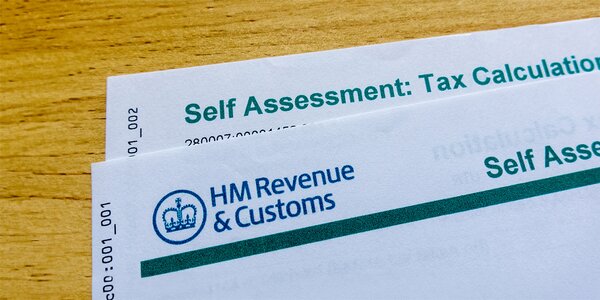Let’s Break This Down Together...
Missing out on mileage claims because you’re not sure what really counts? Lots of people leave money on the table simply by not keeping proper records.
In this guide, we’ll cover exactly what HMRC counts as business mileage and how to record it the right way. You’ll also see the current mileage rates, best tracking methods, and common mistakes to avoid.
Introduction to Business Mileage
Business mileage is the distance you travel using your personal vehicle for business purposes, such as visiting clients, attending meetings, or making deliveries. For self-employed individuals, accurately tracking business trips is crucial to claim mileage allowance relief and reduce your tax bill.
HMRC allows you to claim vehicle expenses using two methods: the actual expenses method, where you deduct a portion of your real vehicle costs, and the simplified expenses method, which lets you claim a set mileage allowance for each business mile driven.
To make the most of your mileage deduction, it’s essential to keep a detailed mileage log or mileage logbook. By logging your business mileage as you go, you’ll save time, maximise your tax benefits, and avoid missing out on valuable deductions.
What Counts as Business Mileage in the UK?
Not all driving is created equal in the eyes of HMRC. Your regular commute to a permanent workplace isn’t claimable. Journeys between different workplaces, client meetings, site visits, and work errands all count as business mileage that you can claim for. Employees using a company car must keep detailed records to separate business and private journeys, as private purposes are taxable.
If you’re visiting a temporary workplace (somewhere you’ll work for less than 24 months), that journey from home is typically claimable too. If you use your own vehicle for work, you can claim mileage for these trips, but must distinguish between business and private use.
The golden rule is: if you wouldn’t make the journey if you weren’t working, it’s probably business mileage. For example, driving to the supermarket for personal shopping is a private journey and should be recorded separately from business mileage to ensure compliance.

Choosing a Method for Claiming Mileage
Company Car Considerations
How to Record Your Mileage Properly

Current HMRC Mileage Rates
Best Ways to Track Your Mileage
Common Mistakes to Avoid

Final Thoughts
Getting your mileage claims right isn't complicated, but it does require a bit of organisation. The tax savings are well worth the small effort involved.
Start recording your journeys today, even if your tax return isn't due for months. Future you will be very grateful when tax season rolls around.
Good mileage records not only maximise your legitimate tax claims but also protect you if HMRC ever comes knocking with questions.
Simplifying Mileage Records for Tax
Keeping track of your business miles shouldn't be a headache. The UK's first personal tax app makes it simple and stress-free.
Pie automatically tracks your journeys using GPS, distinguishing between business and personal trips based on your patterns and locations.
Our app creates HMRC-compliant records that link directly to your tax return, showing you in real-time how much each journey is worth in tax savings.
The app even reminds you to classify any journeys it couldn't automatically categorise, ensuring your records are complete and accurate.
Fancy seeing how it works? Take a look at Pie and discover how we're making tax simpler for everyone.











